Introduction
Social media has evolved from a branding platform into a highly strategic lead generation channel. In 2025, businesses that use social platforms solely for content distribution are missing a major opportunity to drive measurable sales outcomes. The key to success lies in treating social media as a fully integrated part of the lead generation and sales funnel—not a standalone marketing effort.
With billions of users across platforms like LinkedIn, Facebook, Instagram, YouTube, and TikTok, social media offers unprecedented access to potential customers. But access alone is not enough. To consistently generate quality leads, businesses must adopt a tactical, data-driven approach that aligns content, targeting, engagement, and follow-up mechanisms.
This document provides a serious, structured guide on how to effectively use social media as a lead generation tool in 2025.
- Set Clear Objectives and KPIs
Before launching any lead generation efforts on social media, define what a successful lead looks like for your business. Is it a newsletter subscriber, a demo request, a webinar sign-up, or a sales-qualified lead (SQL)?
Align your goals with clear key performance indicators (KPIs) such as:
- Number of leads captured per platform
- Cost per lead (CPL)
- Lead-to-opportunity conversion rate
- Time to follow-up and response rate
Establishing these metrics provides a framework for campaign optimization and long-term ROI tracking.
- Identify the Right Platforms for Your Audience
Each social media platform serves a distinct demographic and content style. For instance:
- LinkedIn is ideal for B2B targeting, professional services, and enterprise buyers.
- Facebook and Instagram work well for both B2C and B2B lead generation, especially with visually compelling offers.
- YouTube excels at educating and nurturing leads through long-form video content.
- TikTok is increasingly effective for younger demographics, DTC brands, and top-of-funnel engagement.
Choose platforms based on your audience behavior, industry, and product/service positioning. Focus on 2–3 platforms where your ideal prospects are most active.
- Use High-Value Lead Magnets
A lead magnet is a valuable resource offered in exchange for a prospect’s contact information. In 2025, users are more protective of their data—meaning your offer must provide immediate relevance and value.
Examples of effective lead magnets include:
- eBooks and whitepapers tailored to niche problems
- Interactive tools (ROI calculators, templates)
- Free trial or demo access
- Webinar registration
- Industry benchmark reports
Ensure your social posts or ads promoting the lead magnet clearly articulate what the user will gain and how it solves a specific problem.
- Utilize Platform-Native Lead Capture Tools
Social platforms offer native lead generation features that allow users to submit information without leaving the app—significantly reducing friction.
- Facebook and Instagram Lead Ads: Use pre-filled forms with customizable fields and consent checkboxes.
- LinkedIn Lead Gen Forms: Capture business-qualified leads with one-click form submission.
- TikTok Lead Generation Ads: Engage younger audiences through interactive video ads with embedded lead forms.
Connect these forms to your CRM or email marketing tool for immediate follow-up and lead tracking.
- Build and Optimize Landing Pages
If you’re directing traffic to an external website, your landing page must be optimized for conversions:
- Clear headline and value proposition
- Compelling CTA (e.g., “Download Now” or “Book a Free Demo”)
- Minimal form fields (name, email, one qualifier)
- Trust indicators (testimonials, stats, security badges)
- Fast load speed and mobile optimization
A/B test different versions to find the highest-converting combination of copy, layout, and CTA.
- Leverage Paid Ads for Targeted Reach
Organic reach on social media is limited. Paid advertising allows you to target specific audience segments based on job title, industry, interests, location, behavior, and more.
Best practices for paid lead generation ads:
- Use strong visuals and headlines focused on benefits
- Test multiple ad creatives and placements
- Include urgency and limited-time offers when appropriate
- Track performance by audience segment and creative variation
Monitor metrics such as CTR (click-through rate), CPL, and lead quality to continuously improve.
- Use Retargeting to Nurture and Convert
Very few leads convert on the first touch. Retargeting enables you to re-engage users who have:
- Clicked on an ad
- Watched a video
- Visited a landing page
- Interacted with a post
Create retargeting sequences with progressively deeper content:
- Introduction to brand
- Testimonials or case studies
- Trial/demo invitation or time-sensitive offer
Set frequency limits to avoid overexposure and ad fatigue.
- Integrate with CRM and Automation Tools
To manage leads efficiently, ensure that every lead generated from social media is automatically synced to your CRM. This allows for:
- Immediate follow-up via email, SMS, or sales call
- Lead scoring based on behavior and engagement
- Campaign tracking by source and offer
- Pipeline attribution and ROI measurement
Tools like Zapier, native CRM integrations, or marketing automation platforms (e.g., HubSpot, ActiveCampaign, MLeads) make this process seamless.
- Track, Analyze, and Refine
Continuous optimization is essential. Use platform analytics, CRM data, and campaign dashboards to evaluate what’s working.
Key metrics to monitor:
- Conversion rates by platform and lead magnet
- Drop-off rates in lead forms or landing pages
- Engagement by audience segment
- Attribution of leads to closed revenue
Refine your targeting, messaging, and offers based on performance insights. Scale the campaigns that generate the best-quality leads at the lowest cost.
Conclusion
Using social media as a lead generation tool requires more than publishing content—it demands a systematic, results-driven approach. By aligning your audience strategy, content offers, lead capture methods, and follow-up processes, social media can become a reliable and scalable source of qualified leads.
In 2025, the brands that succeed are those who prioritize relevance, personalization, and seamless integration between social touchpoints and backend systems. When executed correctly, social media doesn’t just build awareness—it becomes a cornerstone of your demand generation engine.













